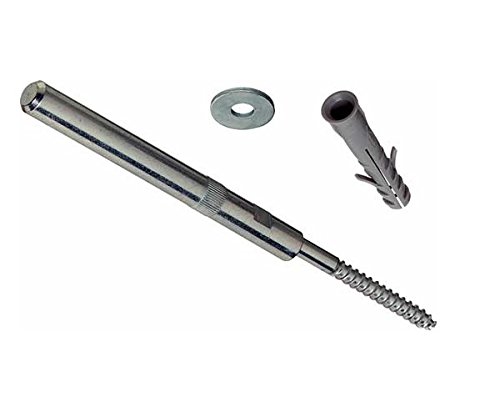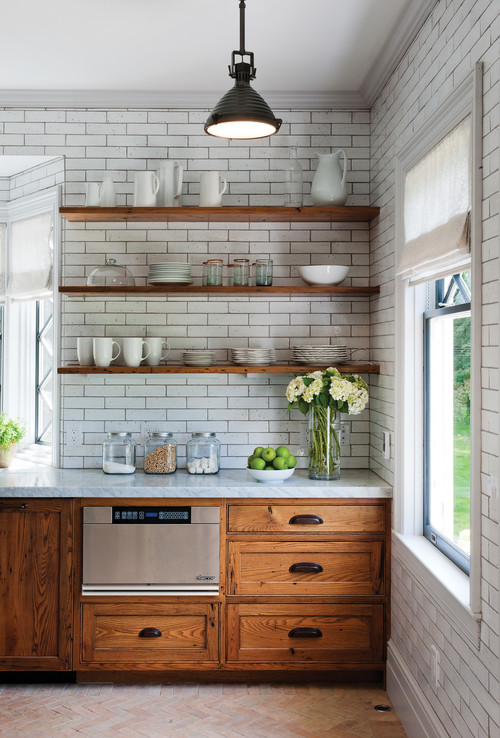MrDavidRoberts
Established Member
- Joined
- 23 Dec 2016
- Messages
- 388
- Reaction score
- 2
I'm going to be throwing the old kitchen cabinets out and replacing them with floating 1.5m x 45mm x 200mm oak shelves.
However I'm a bit worried that I still don't have a proper way to fix them to the wall (brick),
They will be used to just store regular kitchen stuff ,heavy stacks of plates/produce/cans and all that stuff, Usually these floating shelves are used just to store some lightweight candles and nicknacks?
I did some research and seems like most of the people are using such fixings
https://www.amazon.co.uk/Free-Concealed ... op?ie=UTF8

at the First look, the support itself looks ok from the picture,however it comes with only a 60mm long plug which doesn't looks like the most sturdiest thing, not sure I would want to use that to hold such weight?
I have never fitted a floating shelf before so I have no idea whatsoever about fixing like these.
Maybe someone has used this exact same product before and can comment? Maybe any ideas about a better way to do this job?
This is the end result I want,however I don't want it all coming down if I stack too much stuff on it

However I'm a bit worried that I still don't have a proper way to fix them to the wall (brick),
They will be used to just store regular kitchen stuff ,heavy stacks of plates/produce/cans and all that stuff, Usually these floating shelves are used just to store some lightweight candles and nicknacks?
I did some research and seems like most of the people are using such fixings
https://www.amazon.co.uk/Free-Concealed ... op?ie=UTF8

at the First look, the support itself looks ok from the picture,however it comes with only a 60mm long plug which doesn't looks like the most sturdiest thing, not sure I would want to use that to hold such weight?
I have never fitted a floating shelf before so I have no idea whatsoever about fixing like these.
Maybe someone has used this exact same product before and can comment? Maybe any ideas about a better way to do this job?
This is the end result I want,however I don't want it all coming down if I stack too much stuff on it








































